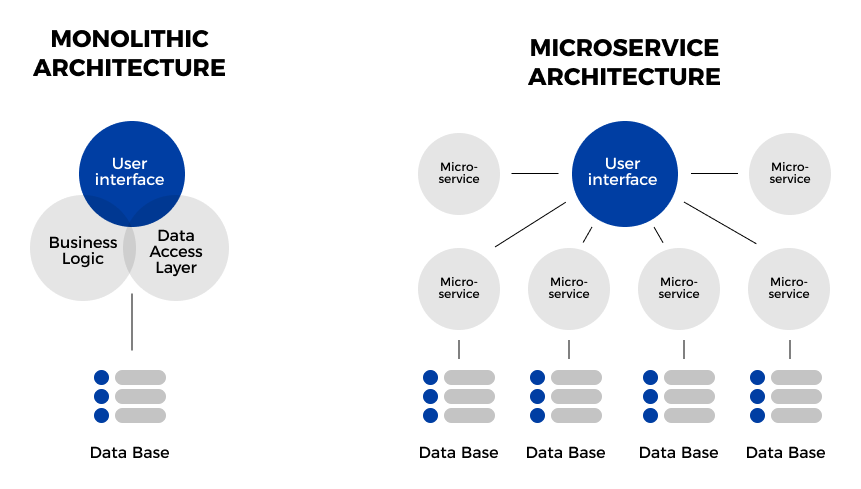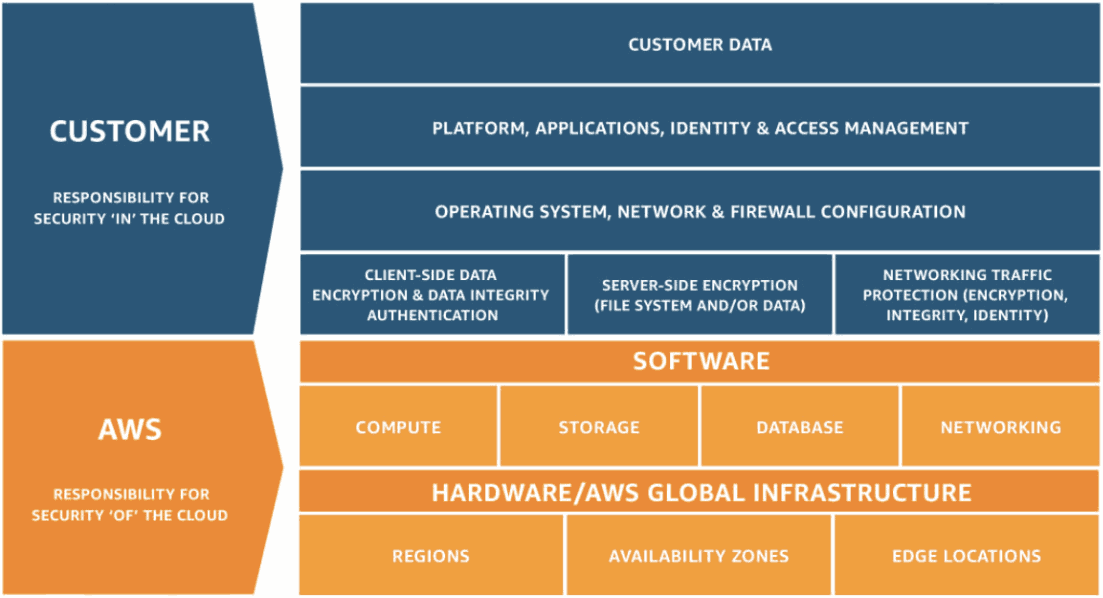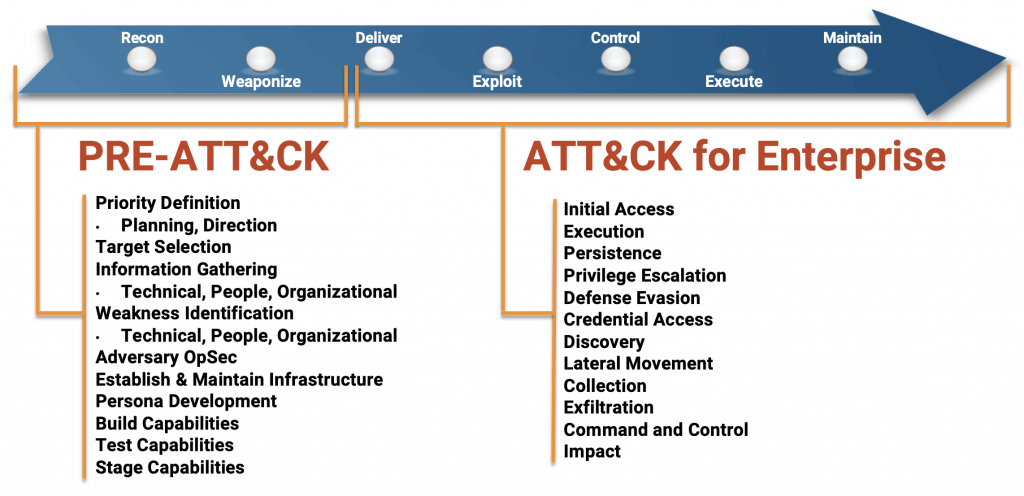How Log Analytics Powers Four Essential CloudOps Use Cases
Cloud computing shapes the ability of enterprises to transform themselves and effectively compete. By renting elastic cloud resources, enterprises can support new customer platforms, distributed workforces, and back-office operations. The cross-functional discipline of CloudOps helps enterprises manage cloud resources by optimizing applications and infrastructure.
But, none of this can be done without the right strategies and techniques to analyze your application telemetry data — primarily logs and events. Let’s dive deeper into the cloud management practice of CloudOps, and how it can help cloud-native teams ensure operational efficiency and business continuity.

What is CloudOps?
The CloudOps definition, or cloud operations, encompasses the strategies, tools, and processes used to manage, monitor, and optimize the performance, security, and delivery of IT services in cloud environments. Operations teams oversee cloud-native architectures, ensuring that infrastructure and applications remain reliable, scalable, and cost-effective.
CloudOps integrates elements of DevOps, SecOps, and DataOps, enabling seamless automation and orchestration, as well as ensuring continuous operations. Its holistic approach supports everything from infrastructure deployment to application maintenance, making it essential for any organization relying on cloud-based systems.
The Role of Log Analytics and Events in Cloud Computing
Monitoring logs and events is essential for maintaining the health and performance of cloud-based systems. Logs provide detailed records of system activities, while events capture significant occurrences within the infrastructure and applications. Together, they offer actionable insights that allow teams to proactively detect issues, optimize performance, and ensure compliance. Without effective log analytics, critical problems like security and compliance issues, resource inefficiencies, or application errors may go unnoticed, potentially leading to downtime, breaches, or lost revenue.
Logs and events are foundational to CloudOps because they allow for real-time visibility and long-term analysis, helping teams troubleshoot issues, prevent outages, and optimize operations. They also enable organizations to implement comprehensive alerting systems, ensuring timely responses to anomalies or potential threats. In other words, logs and events act as the sensory system of cloud environments, providing the data needed to maintain operational excellence.
Let’s explore five operational analytics use cases for CloudOps:
- Understanding Cloud-Based Infrastructure and Applications: Logs and events provide a granular view of infrastructure and application behavior, making it easier to understand system performance, resource utilization, and interdependencies. They enable CloudOps teams to monitor application uptime, diagnose issues, and scale resources based on demand. For example, by analyzing logs from distributed microservices, teams can trace issues to specific components, to improve service delivery and ensure faster resolution.
- Improving Cloud-Native Compliance: Cloud environments are inherently complex and ephemeral, making compliance a challenge. Logs and events create an audit trail that ensures accountability and traceability, helping organizations meet regulatory standards such as GDPR, HIPAA, and PCI DSS. By centralizing logs in a security data lake, CloudOps teams can streamline compliance reporting and conduct forensic investigations to demonstrate adherence to legal and security requirements.
- Enhancing Security Posture via a Security Data Lake: Logs and events play a critical role in strengthening security through real-time monitoring and proactive threat detection. A security data lake consolidates data from various sources, such as network logs, system logs, and application logs, enabling advanced analytics and threat hunting. Logs ensure a clear audit trail for forensic analysis, making it easier to investigate and mitigate potential breaches.
- Improving Machine Learning Data Intelligence: In MLOps, logs and events are indispensable for maintaining data quality and ensuring model performance. Monitoring logs can detect concept drift, data anomalies, and performance issues in real-time, allowing teams to retrain models or adjust workflows proactively. Logs also support transparency and collaboration by providing insights into data lineage and system behavior, ensuring continuous improvement in ML workflows.
Use Case 1: Understanding Cloud-Based Infrastructure and Applications
CloudOps is the foundation for keeping cloud systems efficient and scalable, especially as businesses adopt modern designs like microservices and serverless computing, or multi-cloud environments. As companies move from older, unified systems to more distributed cloud environments, a CloudOps engineer provides the tools and strategies to keep everything running smoothly.

Switching to microservices brings many benefits, like greater flexibility and faster updates. However, it also creates challenges like managing the large volume of logs generated by multiple services. These logs, produced by services that interact with each other, are essential for understanding and troubleshooting cloud applications. In serverless computing, where functions are triggered on demand, managing these logs becomes even more critical. CloudOps helps by centralizing and organizing log data, making it easier to spot and fix problems.
By addressing these complexities, CloudOps allows businesses to focus on growth instead of struggling with technical issues. Tools like ChaosSearch, which turn cloud object storage like Amazon S3 into a searchable data lake, demonstrate how CloudOps can simplify data management while keeping costs in check. Ultimately, CloudOps ensures cloud systems stay reliable and adaptable — even as environments change.
Use Case 2: Improving Cloud-Native Compliance
Meeting regulatory requirements in the cloud can be tough, especially with the short lifespan of data in cloud-native systems. CloudOps helps with cloud-native compliance by continuously collecting and storing log data, ensuring businesses can comply with standards like HIPAA, GDPR, and PCI DSS. This centralization makes audits and data security reviews much easier.

A diagram of cloud security and compliance responsibilities in the AWS Shared Responsibility Model.
One major compliance hurdle is the high cost of keeping log data. Many organizations limit how much data they retain, which can make it difficult to investigate security issues or meet audit requirements. With tools like Amazon S3 and ChaosSearch, CloudOps can tap into affordable ways to store data for long periods, enabling their company to meet regulatory demands without overspending.
By bringing logs together in one place, CloudOps also makes it easier to detect threats and respond quickly to security issues (we’ll cover that next). It creates a unified view of all systems, which is crucial for audits and maintaining compliance. CloudOps acts as a bridge between keeping operations efficient and meeting legal requirements, helping businesses stay both secure and accountable.
Use Case 3: Maintaining a Proactive Security Posture Through Better Log Management
CloudOps improves an organization’s security posture by ensuring complete visibility and control over security logs across cloud systems. These logs are critical for spotting and responding to threats. With CloudOps, teams can collect logs from various sources — such as applications, networks, and even disparate security tools — and analyze them to uncover trends and potential risks.
Security data lakes make this process easier. They gather and organize data from different systems, providing a clear picture of the organization’s IT environment. By centralizing logs, businesses can keep costs down while retaining the data needed for investigations and long-term analysis.
CloudOps also supports real-time monitoring and automation, which are essential for quick threat responses. For example, integrating tools like AWS Step Functions with a platform like ChaosSearch allows teams to set up automatic alerts and actions for suspicious activity. This streamlines incident response, saving time and reducing errors.
By combining smart tools and efficient processes, CloudOps strengthens cybersecurity. It helps teams prevent data breaches, respond quickly to issues, and maintain a strong defense against evolving threats through proactive practices like threat hunting.

The MITRE ATT&CK framework provides information on adversarial techniques, tactics, and common knowledge across the cyber kill chain. Enterprise SecOps and threat hunting teams can use this information to predict adversary behavior and guide threat hunting activities.
Use Case 4: Enhancing Machine Learning (ML) Data Intelligence
CloudOps is a key enabler for improving how organizations use machine learning (ML) by making data pipelines and models easier to monitor and manage. It ensures ML operations are scalable and reliable while providing insights into how models and systems are performing.
One of the biggest challenges in ML is maintaining data quality and model accuracy over time. CloudOps helps by monitoring logs for issues like changes in data patterns, allowing teams to address problems before they affect results. Alerts for unexpected behavior ensure that ML models remain effective and aligned with business goals.
 CloudOps also simplifies working with large, complex datasets. Tools like ChaosSearch make it easier to analyze data from platforms like Databricks Lakehouse, overcoming issues with log formats and nested data. This not only improves troubleshooting and optimization but also automates tasks like retraining models to adapt to new data.
CloudOps also simplifies working with large, complex datasets. Tools like ChaosSearch make it easier to analyze data from platforms like Databricks Lakehouse, overcoming issues with log formats and nested data. This not only improves troubleshooting and optimization but also automates tasks like retraining models to adapt to new data.
By integrating observability and data management into a unified framework, CloudOps enhances the power of ML workflows. It enables businesses to gain deeper insights, improve performance, and innovate with their data-driven initiatives.
Learn more
While cloud computing simplifies some aspects of IT, it makes others more complicated. You need to manage your applications on new infrastructure, govern your data, and control variable costs. Log analytics enables you to meet these requirements in a cost-effective way, creating a stable, agile environment in which your business can thrive.
Want to learn more about cost-efficient log analytics and cloud observability?





